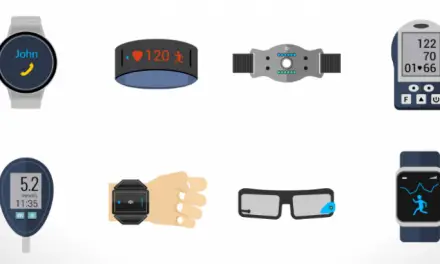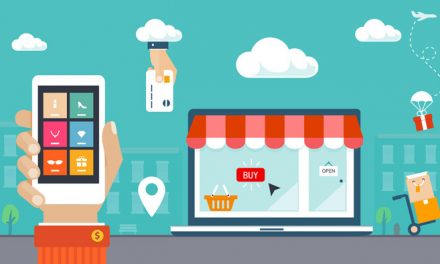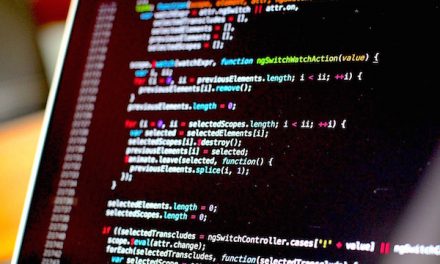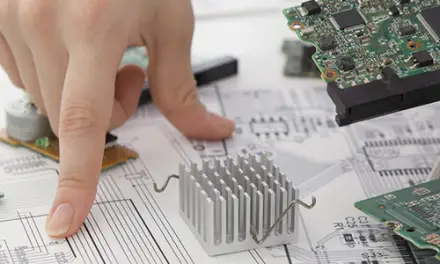The introduction of the internet has resulted in an advancement of old technologies, and the emergence of new technologies. These technologies include smart sensors, cloud computing and machine learning. All these technologies form the backbone of the Internet of Things (IoT). This article will explain the various types of IoT Sensors, as well as where they are used.
Before we explain the various sensors types for IoT, let us first define the term IoT, and give a few key expectations of the IoT sensors.
Table of Contents
What is IoT?
The Internet of Things (IoT) is a system of interrelated computing devices, mechanical and digital machines, objects, animals or people that are provided with unique identifiers and the ability to transfer data over a network without requiring human-to-human or human-to-computer interaction.
The components that are connected to the Internet of Things can be divided into three main categories and these are:
1. Devices That Collect and Send Information
This mainly refers to IoT sensors. These are the devices that measure the physical quantity present, and convert it to an electrical signal which can then be transmitted over the internet to get processed by cloud computing servers.
An example of such a device is a temperature and humidity sensor present in a farmer’s shed. This can be used to remotely monitor the grain that he has stored in the shed and control the parameters when they go out of range by activating devices such as fans.
2. Devices That Receive and Act on Information
The data from the IoT sensors is sent to the cloud, and from there, it can then be sent to an output device. An example is using a set of temperature sensors to detect the temperature present in an industrial plant based in Johannesburg, South Africa, send them to the cloud for processing, and generate a report based on those readings at the company’s head office in Sydney, Australia.
The printer will be the device that will be receiving the information and acting upon it.
3. Devices That Perform Both Functions
In this case, a system comprised of IoT sensors, and actuators can automatically carry out actions. An example is a famer with an irrigation system. This system can automatically detect the moisture of the soil, and activate the irrigation system once the moisture levels drop beyond the recommended levels.
Key IoT Sensor Expectations
The sensors for IoT need to have the following properties in order to properly perform as IoT components:
- Low cost to allow deployment in large numbers.
- Small size to enable the sensors to fit into any environment in an unobtrusive manner.
- Wireless because it is quite difficult to implement a wired connection in some applications.
- Very low power consumption as the device may need to be able to operate for years without any battery changes. They must be capable of energy harvesting if they cannot last for long periods of time without a battery change.
- Self-calibrating, or the sensors for IoT need to be able to accept calibration commands via a wireless link.
- Data pre-processing. This will allow the sensors for IoT to reduce the load on the gateways, Programmable Logic Controllers and the cloud resources.
- Ultra high reliability. This is a key requirement, as most IoT systems are now real time systems.
- Self-identification and self-validation.
Types of IoT Sensors & Applications
1. Water Quality Sensors
These sensors for IoT that are used to detect the quality of water, and monitor the ions present. They are used in water distribution systems.
Examples of these sensors that are used are:
- pH sensors
- Turbidity sensors
- Total Organic Carbon sensors (TOC)
- Conductivity sensors
- Oxygen-reduction potential sensors
2. Chemical Sensors
These are IoT sensors that are used to indicate changes in a liquid, or detect chemical changes in the environment in which they are put. They are mainly used in industrial monitoring process control.
Examples of chemical sensors include:
- Hydrogen sulphide sensor
- Chemiresistor
- Zinc oxide nanorod sensor
- Electrochemical gas sensor
- Chemical field effect transistor
- Fluorescent chloride sensor
3. Temperature Sensors
These are sensors for IoT that are used to measure the amount of heat present and convert that physical quantity into an electric signal. These are mainly used in the manufacturing process, and in agriculture to ensure that optimum conditions are present.
Examples of temperature sensors are:
- Thermocouples
- Resistance Temperature Detectors (RTD)
- Thermistors
- Infrared Sensors
- Semiconductor sensors
4. Proximity Sensors
This is another type of IoT sensors. These are used to detect the presence or absence of a nearby object, or properties of that object, and convert the signal into an electrical signal. These IoT sensors are able to do all this without getting into contact with the object. They are used in vehicles to alarm the driver of obstacles when reversing.
Examples of proximity sensors include:
- Inductive sensors
- Capacitive sensors
- Photoelectric sensors
- Ultrasonic sensors
5. Pressure Sensors
These are IoT sensors that detect and convert the pressure present and convert it into an electric signal. The electrical signal corresponds to the pressure present. These are used in manufacturing, and in detecting the pressure in different parts of water systems.
Examples of pressure sensors include:
- Absolute pressure sensors
- Gauge pressure sensors
- Differential pressure sensors
- Sealed pressure sensors
- Vacuum pressure sensors
6. Gas Sensors
This type of IoT sensor is used to monitor changes of the air quality and detect the presence of various gases. Just like chemical sensors, these sensors are used in numerous industries such as health, manufacturing and agriculture.
Examples of gas sensors include:
- Breathalyzer
- Oxygen sensor
- Hydrogen sensor
- Carbon monoxide detector
- Ozone monitor
- Electrochemical gas detector
- Air pollution sensor
- Gas detector
- Hygrometer
7. Smoke Sensors
These are sensors for IoT that are able to detect smoke, and the intensity of the smoke. These are used in the manufacturing industry, power generation plants, and office buildings and in homes
Examples of smoke sensors include:
- Optical smoke sensors and;
- Ionization smoke sensors
8. Infrared Sensors
These are sensors for IOT that are used to sense certain characteristics of its surroundings by either emitting or detecting infrared radiation. This IoT sensor type is also capable of measuring the heat being emitted by the objects. They are used in healthcare, in home appliances and in the manufacturing industry.
Examples of Infrared sensors include:
- Flame monitoring IR sensors
- Remote sensing IR sensors
- Infrared imaging devices
- Gas analysers
9. Level sensors
These are IoT sensors used to determine the amount of liquid, or fluid that flows in an open or closed system. They are used in petrochemical industries to measure the fuel levels, in the juice and alcohol industry, as well as in water treatment systems.
Examples of level sensors include:
- Point level sensors
- Continuous level sensors
10. Image sensors
These are IoT sensors used to convert optical images into electronic signals. These are usually used for displaying or storage. The major use of image sensor is found in digital cameras, medical imaging, night vision equipment, thermal imaging devices, and in Biometric systems.
Examples of Image sensors are:
- Charge Coupled Device (CCD) and;
- Complementary Metal Oxide Semiconductor (CMOS)
The list is endless. These are just but a few types of sensors used in IoT.
Summary
The article gave the definition of IoT, as well as the key expectations for sensors in IoT. A comprehensive list of IoT sensor types was given.
We hope you learnt a lot from this article!

![IoT Sensors [Types of Sensors & Uses]](https://greenthrottle.com/wp-content/uploads/2020/05/IoT-Sensors-1280x640.png)



